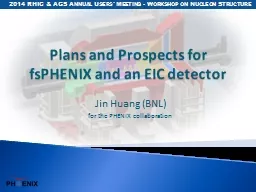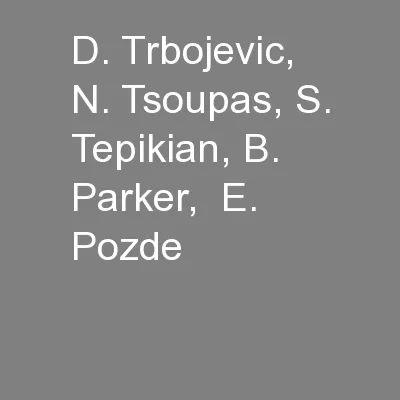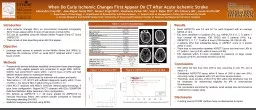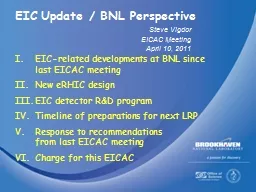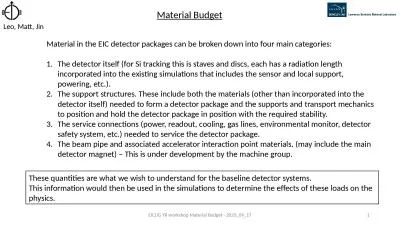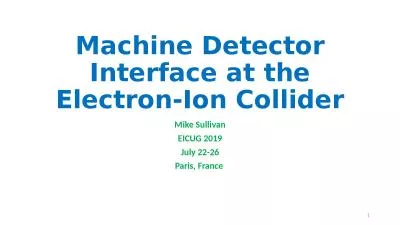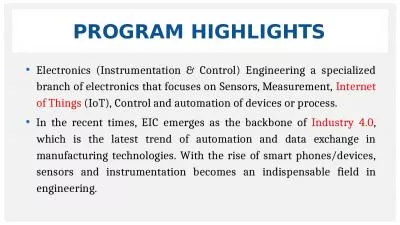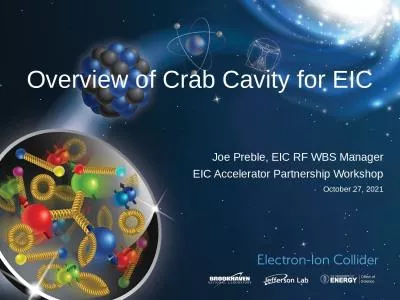PPT-Plans and Prospects for fsPHENIX and an EIC detector
Author : jezebelfox | Published Date : 2020-06-25
Jin Huang BNL for the PHENIX collaboration 2014 RHIC amp AGS Annual Users Meeting Workshop on Nucleon Structure RHICAGS AUM 2014 Jin Huang ltjhuangbnlgovgt 2 Overview
Presentation Embed Code
Download Presentation
Download Presentation The PPT/PDF document "Plans and Prospects for fsPHENIX and an ..." is the property of its rightful owner. Permission is granted to download and print the materials on this website for personal, non-commercial use only, and to display it on your personal computer provided you do not modify the materials and that you retain all copyright notices contained in the materials. By downloading content from our website, you accept the terms of this agreement.
Plans and Prospects for fsPHENIX and an EIC detector: Transcript
Download Rules Of Document
"Plans and Prospects for fsPHENIX and an EIC detector"The content belongs to its owner. You may download and print it for personal use, without modification, and keep all copyright notices. By downloading, you agree to these terms.
Related Documents

